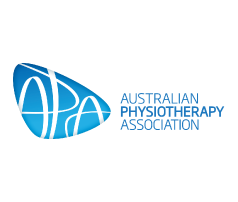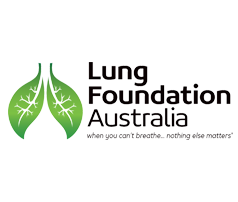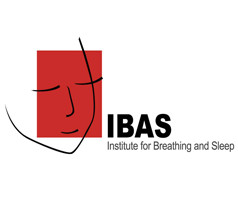The importance of a correct diagnosis
Getting the right diagnosis is crucial. Failing to get the right diagnosis may lead to inappropriate increases in the doses of corticosteroids and bronchodilators ie COPD / asthma directed therapies, which may be harmful.
The symptoms and signs of bronchiectasis are not diagnostic and may be mild in the early stages of the illness. Shortness of breath, chest discomfort, cough and sputum production are non-specific symptoms that frequently occur in asthma, bronchitis, COPD and even interstitial lung disease.
Consider bronchiectasis in a child with:
A chronic wet cough (lasting longer than six weeks)
Wheeze that does not respond to treatment
Partial resolution of severe pneumonia or recurrent pneumonia
Persistent lung crackles
Persistent x-ray changes
Respiratory symptoms with structural or functional disorders of the oesophagus and upper respiratory tract
Consider bronchiectasis in an adult with:
A chronic productive cough (particularly if there is no history of smoking)
Recurrent lower respiratory tract infections (particularly with slow recovery)
Unexplained haemoptysis
Bronchiectasis should be considered in patients being treated for COPD when:
management is complicated
there is slow recovery from lower respiratory tract infections
there are frequent exacerbations
there is no history of smoking
sputum is colonised with Pseudomonas aeruginosa
Establishing the correct diagnosis should lead to a meeting with a physiotherapist and respiratory physician to establish a focused action plan including exercise, airway clearance strategies, mucolytics/mucoactives, bronchodilators and strategies for antibiotic maintenance and exacerbation management.








